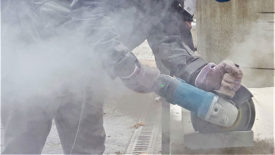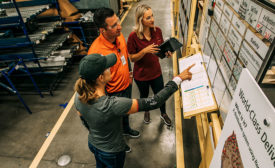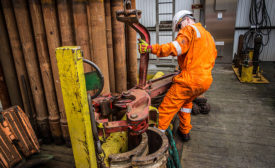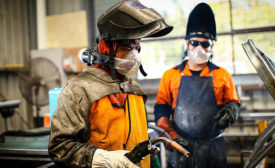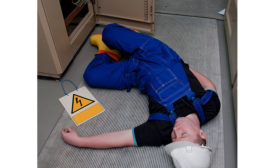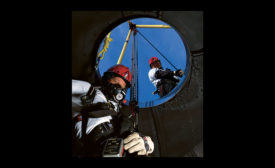Home » Keywords: » worker protection
Items Tagged with 'worker protection'
ARTICLES
Strategies to train & outfit inexperienced workers
Coping with the labor shortage
October 1, 2019
What to look for in a PPE provider
A how-to guide & benefits of consolidating your buy
September 9, 2019
Respect your respirator with ongoing maintenance
Don’t get lost in a cloud of toxic welding smoke. Make smart selections when it comes to respiratory protection.
May 20, 2019
A study of electrical injuries and fatalities on the job
Electrical injuries: facts & myths
May 10, 2019
Confined spaces demand caution
First conduct an assessment, then consider three primary options when selecting a confined space rescue service
April 1, 2019
Become a Leader in Safety Culture
Build your knowledge with ISHN, covering key safety, health and industrial hygiene news, products, and trends.
JOIN TODAYCopyright ©2025. All Rights Reserved BNP Media.
Design, CMS, Hosting & Web Development :: ePublishing
